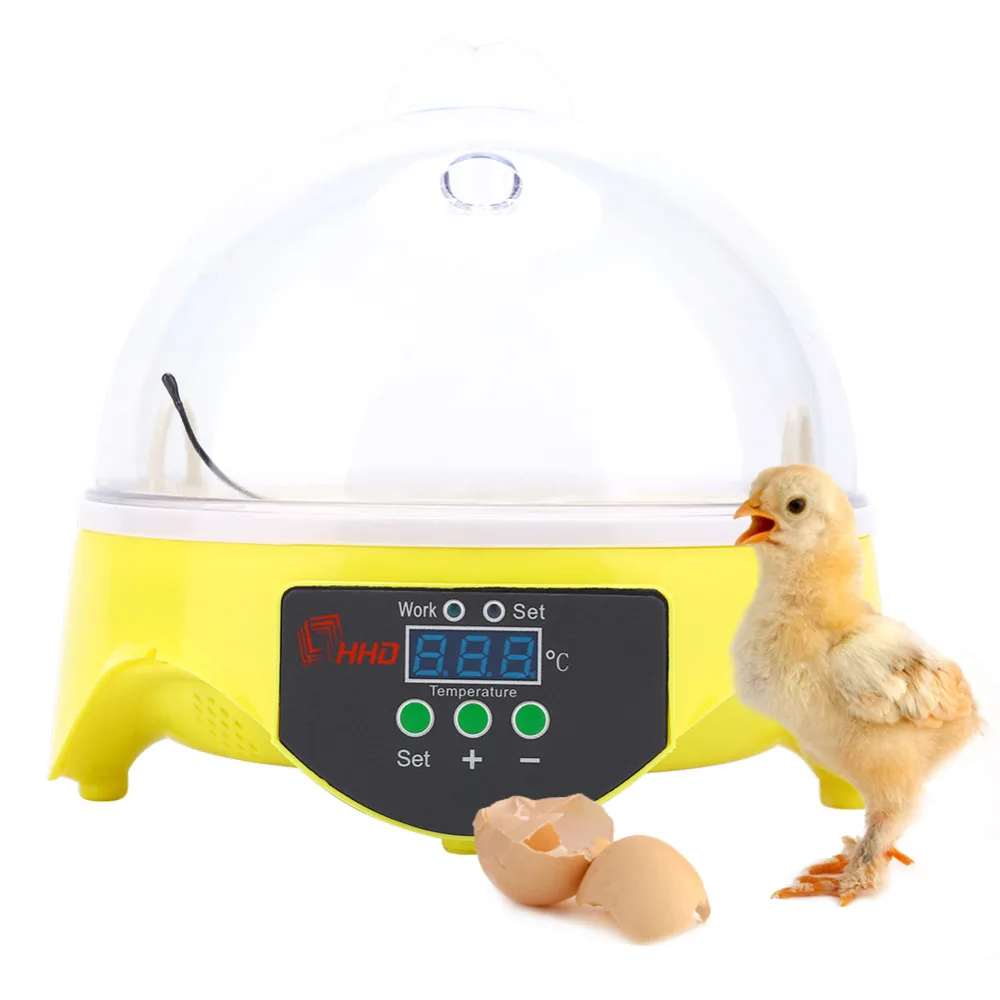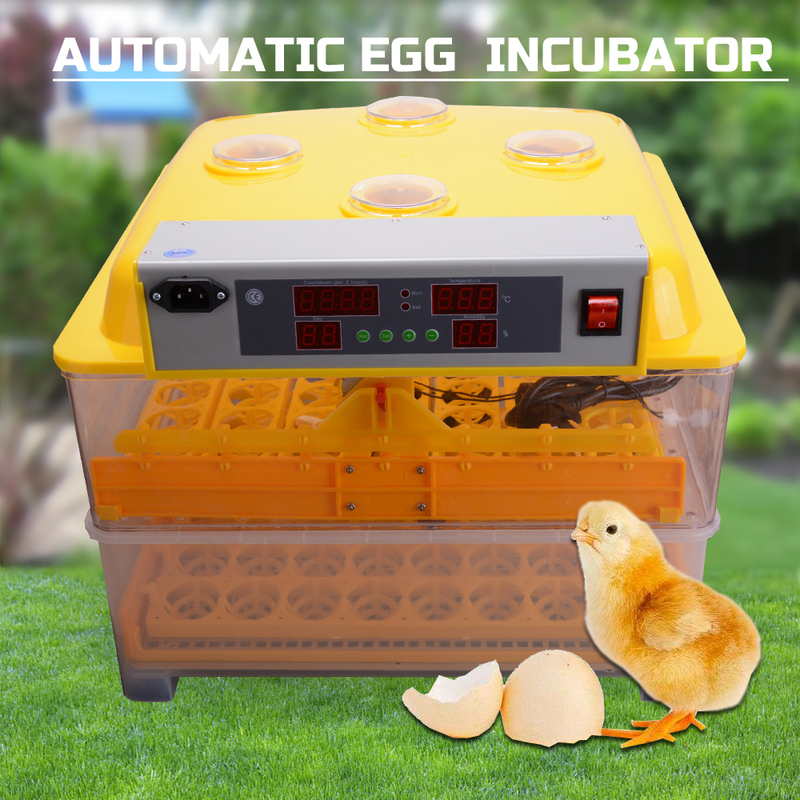
Now select P1, this is called Hysteresis. Press the '+' button to change 'C' to 'H' (for Heater) then press SET again to save the changes. Now the display will show a 'C' (for Cooler). Now select P0 and press SET again to select P0 mode. we can select each function by pressing the + or – buttons. This thermostat has 7 (P0-P6) functions or modes. To change that press the SET for 5 secs button until P0 appears in the display. That is we need to turn on the connected bulb whenever the temperature goes below the optimum temperature. We need just the opposite of this controlling system.

Then it will turn on the relay or connected device whenever the optimum temperature is reached. In the default setting, the device is most likely set as a cooler rather than a heater.

After selecting the set temperature just press SET again to save the temperature. The temperature values will start flashing and you can set that to the desired (37.5) switching temperature with the '+' and '-' keys. To set the temperature just press the SET button. In the thermostat, there are three buttons labelled as SET, + and. if the display shows 'LL', then the sensor is open. Setting the Temperature in the ThermostatĪfter turning on the thermostat, you can see the current temperature on the 7-segment display. Power consumption: Static current:Measuring inputs: NTC (10K 0.5%) Waterproof sensor.Temperature control range: -50 ~ 110 ° C.The Thermostat needs 12 Volt, mainly for the relay and has a 5 Volt regulator for the controller circuit. The temperature is displayed in degree centigrade and with the help of a 7-segment display and the relay, the state is displayed with the help of the LED present on the W1209 module. The relay can operate at voltages up to a maximum of 240V AC at 5A or 14V DC at 10A to power on. NTC thermistor has a negative temperature coefficient, which means the resistance decreases with increasing temperature. NTC temperature sensor allows the module to intelligently control electrical devices according to the temperature. This thermostat is basically an NTC with an STM microprocessor, a seven-segment display and a relay. The W1209 thermostat is the heart of our incubator. Materials Needed for Making Automatic Incubator This cycle repeats and temperature stays constant. If the temperature goes below this optimum value the thermostat will turn on the bulb thus the temperature will increase, when the temperature goes above the optimum temperature, then the thermostat will turn off the light and that will decrease the temperature. So, first we set the optimum temperature in the thermostat (the ideal temperature for hatching chicken eggs is around 37.5 degrees Celsius). So, in the artificial system, we used a Thermostat to detect the incubator temperature and an electric bulb is used as a heater, to provide a suitable temperature to the egg.

Now, to hatch eggs artificially inside the incubator, we need to give the above-mentioned optimum temperature and humidity for 21 days. After 21 days, 90% of the egg will hatch. The humidity comes from the environment, the hen's body, and any moisture she transfers back to the nest on her feathers. The hen turns the eggs regularly by using her beak to scoop under the egg and roll it towards her. When the hen sits on the eggs, the hen heats the eggs to 35 - 40.5 degrees Celsius. Naturally, the female bird (called brood) sits on the eggs for 21 days, leaving only for food and water. How does an Automatic Egg Incubator Work?īefore proceeding further, let’s first understand how a hen hatches her eggs and how this artificial incubator will work. All the components used in this project are easily available and also there are no programming skills needed for making this incubator. In this project, we are going to build the hen egg incubator by using some ready-made modules and with a common incandescent bulb. Improper temperature or humidity will lead to the death of the embryo. The health of the egg is very important for the development of the embryo within the egg. But in the artificial method, we incubate the egg without touching it. The most important difference between natural and artificial incubator is that in natural incubation, parent provides warmth by contact. Incubating and hatching eggs is a simple task if you know the right way to do it. Incubation is a technology that provides farmers an opportunity to produce chicks from eggs without the help of the mother hen/bird.


 0 kommentar(er)
0 kommentar(er)
